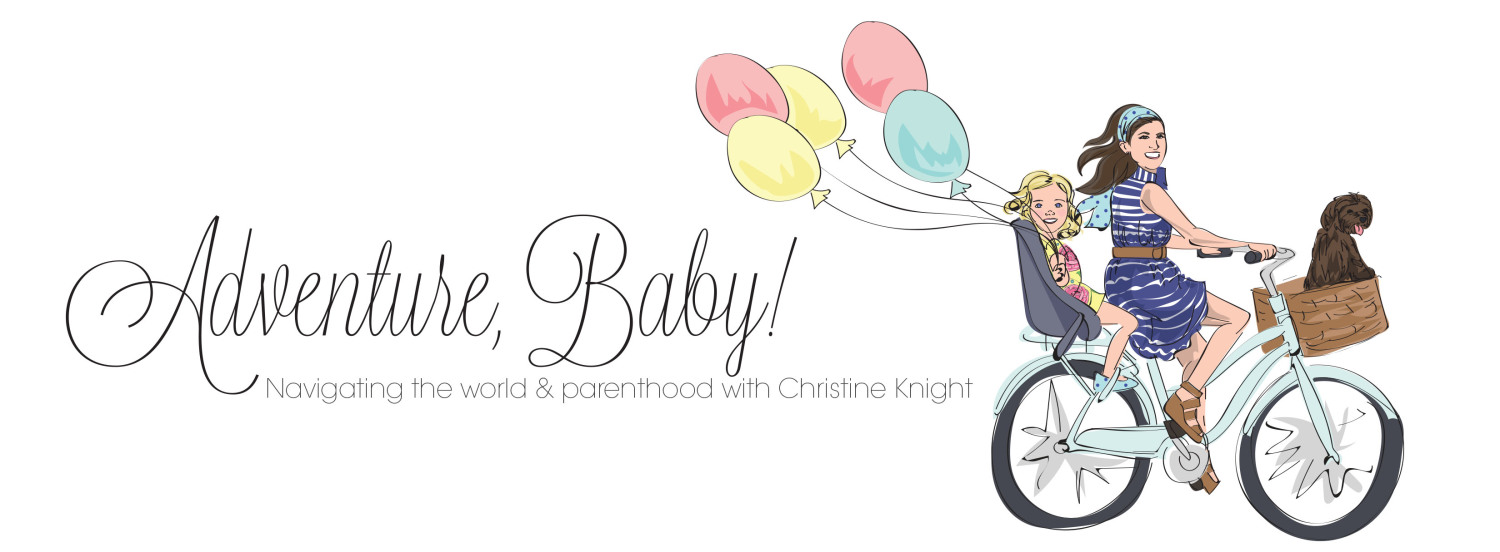Sharing has turned into a contentious issue. How do we teach children to take their turn, share and play nicely with others? With reports from schools and the press telling us both arguments—that we should and also shouldn’t be teaching our children to share—it’s hard to know the best way to handle this sensitive topic. Personally, I have different philosophies on the subject, depending on if we are at home (where my preschooler owns all of her toys) or if we are in a space where equipment or toys are communal. Here are three different ways, in three different spaces, I teach my daughter to share.
At home
When my daughter has friends over, the rule is she must share her toys with her guests. This is hard for a three-year-old to do (particularly one who has no siblings). She enjoys playing at other people’s houses with their toys immensely, but can be pretty bad when it comes to letting other people play with her things. Of course, other kids don’t want to come over and not be able to play with toys, so our rule is that if she wants her friends to visit, she has to let them play with her belongings.
We do discuss first, though, if there are any special toys that she doesn’t want anyone to play with, and I put them away for the duration of the play date. (I find that this generally eliminates most sharing friction, although there is the occasional fuss when two kids want the same toy.
As we are the hosts, I remind my daughter that her friend always shares her toys with her, and that she needs to do the same. This reminder is usually enough for her to agree that her friend can play with what she wants to. I also assure my daughter that the toys are still hers, and her friend is just playing with them for a short time—and that she won’t be taking any home with her.
The playground
This is where it’s a bit trickier to deal with sharing issues. If we are at a playground, several kids might want to use the same piece of equipment at the same time. On the slide, for example, I remind my daughter about taking turns. Everyone gets a go and joins the end of the line for another try. When it comes to objects just for one person (say a swing), it requires a different strategy. If my daughter hasn’t been on the swing for long, and another kid has a tantrum about wanting to get on, I let the other child know that my daughter won’t be long—and that they can have a turn when she is finished.
After my daughter has had a fair turn of the swing, I ask her if she is ready to play with something else, which she usually is, and let her know that she has five more swings until it is the other kid’s turn. Giving her a choice and warning that things are changing usually helps stop any meltdowns. It also helps her feel like she has a choice in the matter and I’m treating her fairly.
Play spaces
Play spaces are hard as they involve toys that do not belong to the kids, but the business. My general rule is if my daughter is playing with something, that toy is hers to play with until she is done and ready to move on to the next toy or game. If another kid grabs it from her, I am always on my daughter’s side. I am showing my daughter that I have her back and that her play time is important. If she is the one having a meltdown over a toy someone else is playing with, I let her know that the other child is enjoying playing with it and she can have it when he or she is finished. In this instance, I’m teaching her patience.
This article first appeared on MommyNearest.

